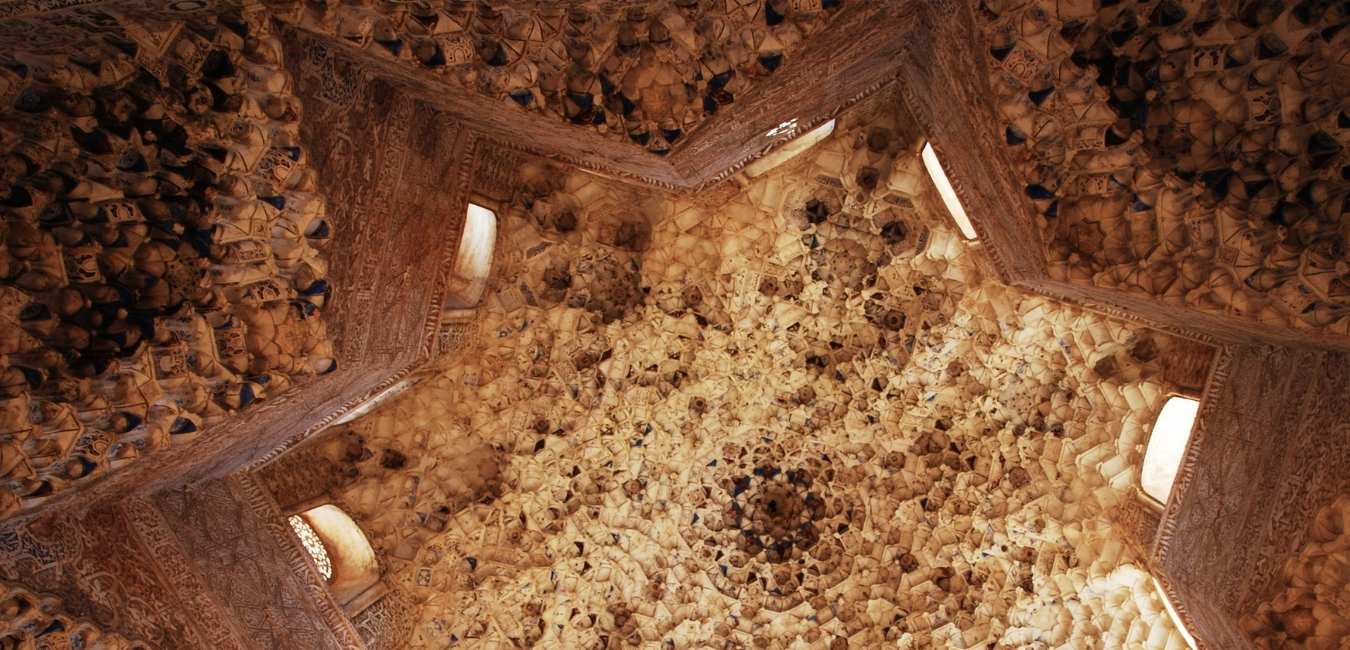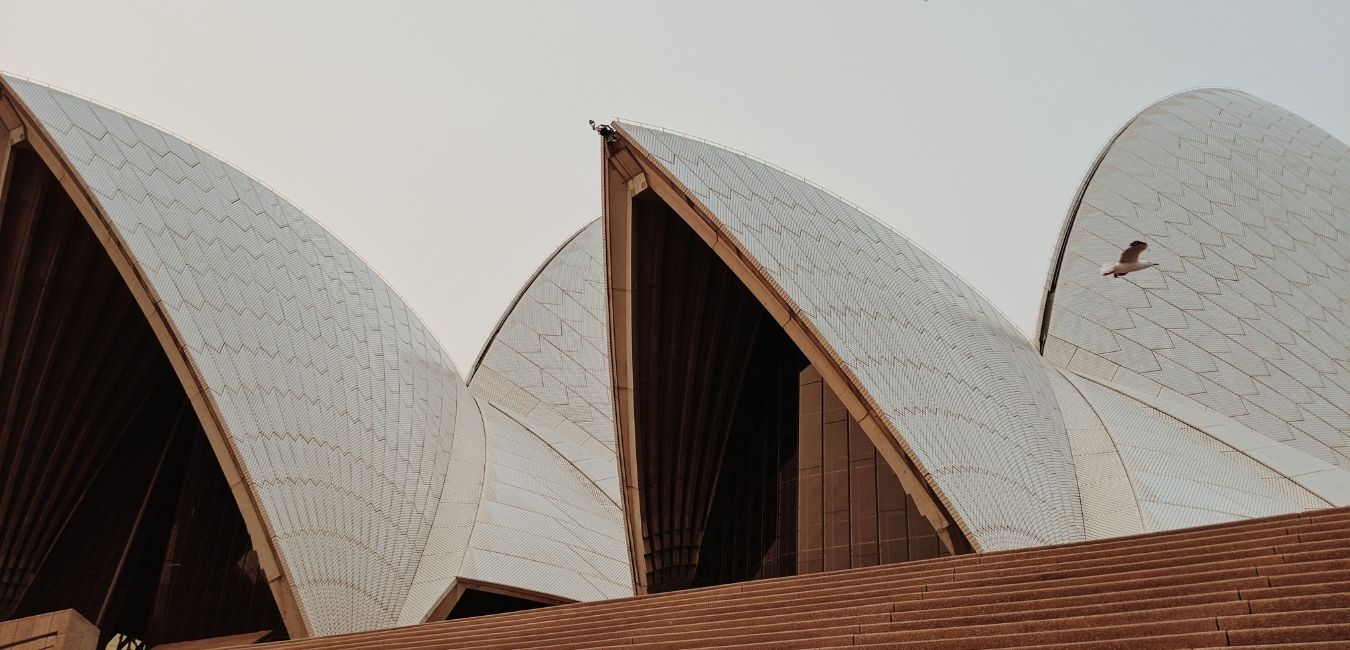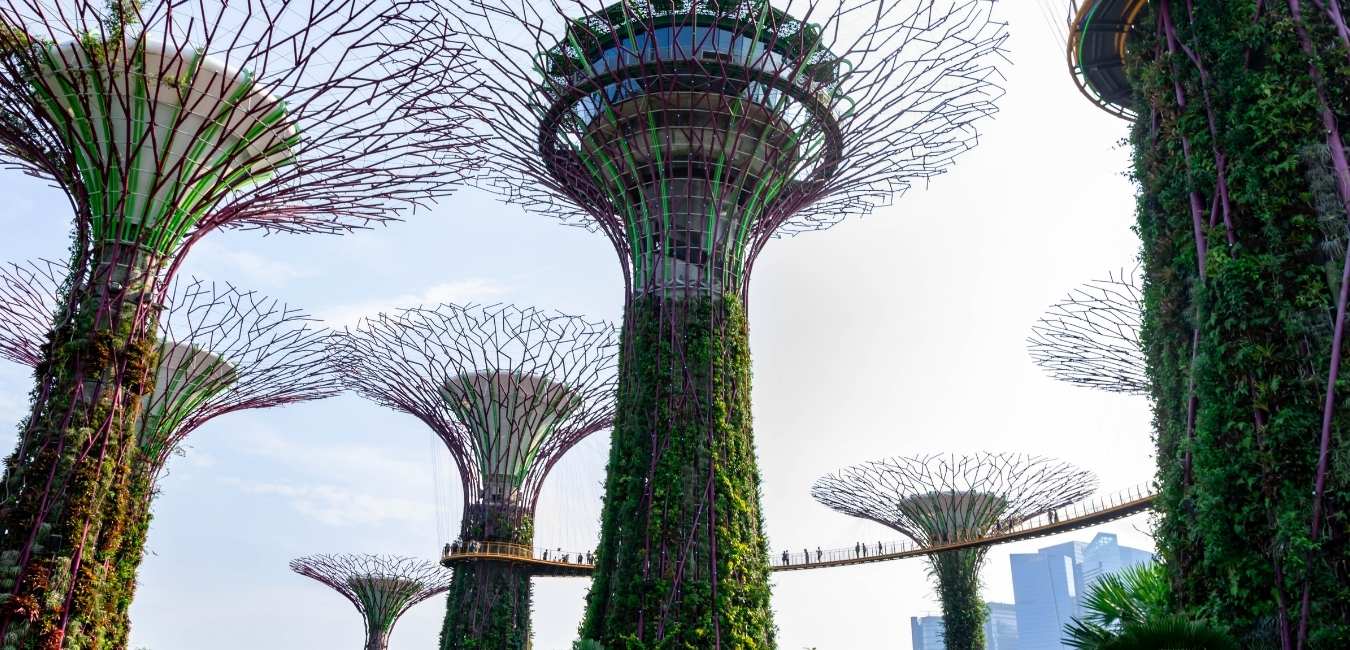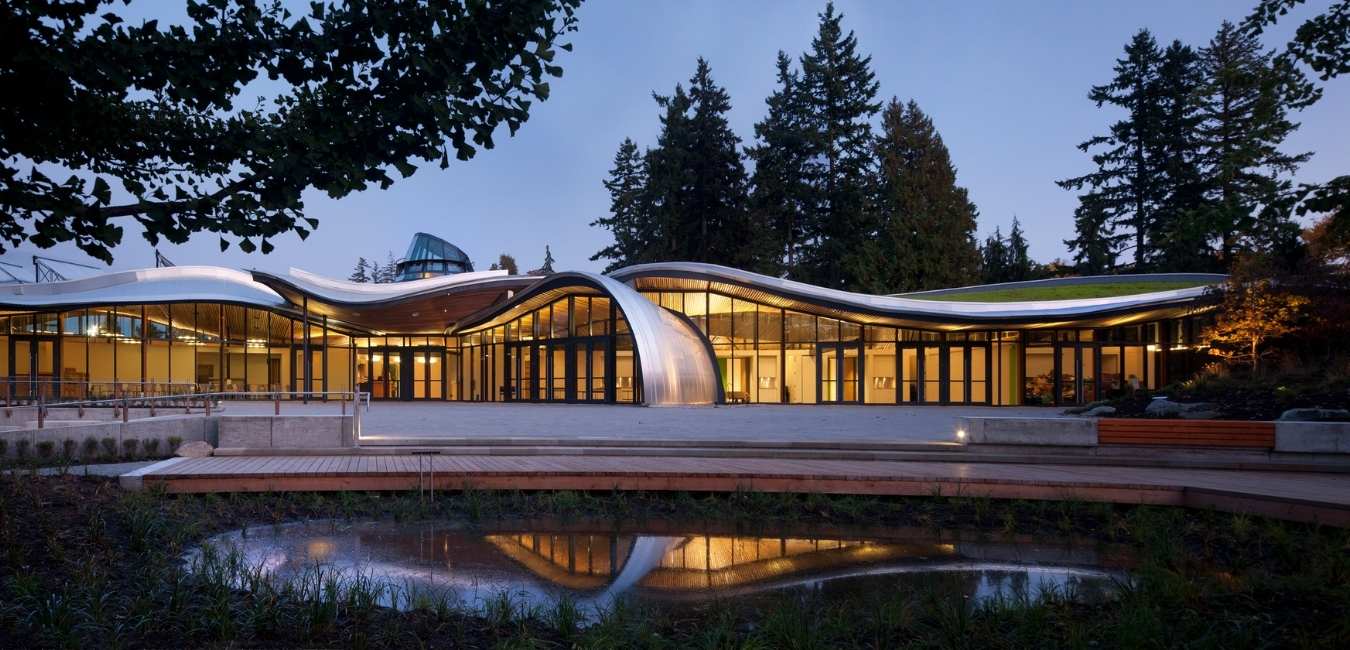Biophilic design is the practice of connecting people and the natural world of which people are part – within our built environments and communities. If we think about design as creatively solving the puzzle of look, feel and function, then biophilic design turns to nature for solutions. It is intuitive and fundamental to good design at every step, not an aesthetic trend or afterthought – it’s a way of thinking and working.
Biophilic design in the built environment is an expression of the relationship between nature, human biology and buildings. It requires a sensory approach to the act of design that considers what a place looks, smells and feels like over time. The holistic nature of biophilic design means that it is often implemented through a collaborative cross-disciplinary approach.
Buildings designed with biophilic design as a foundational philosophy are experienced, not just used. They allow humans to gain the benefits of living in spaces that foster a connection to nature.


